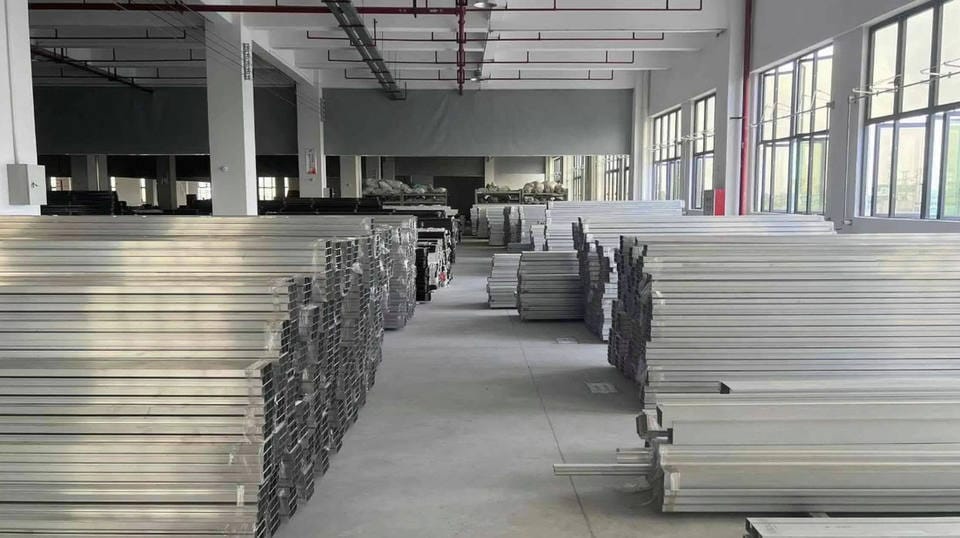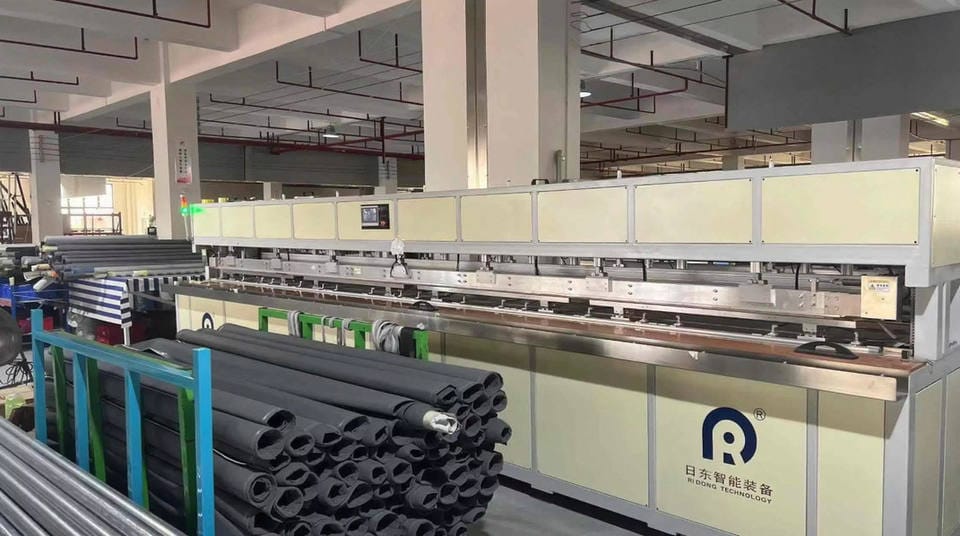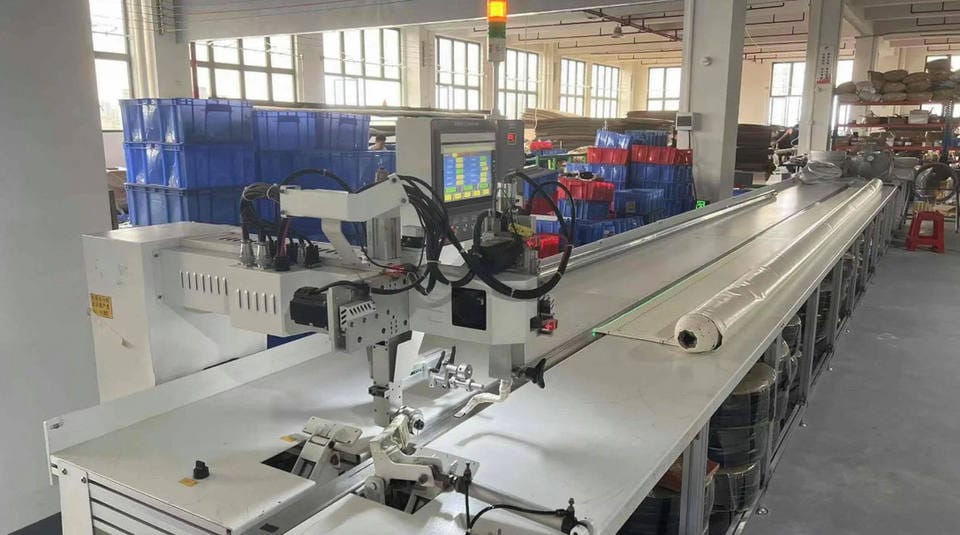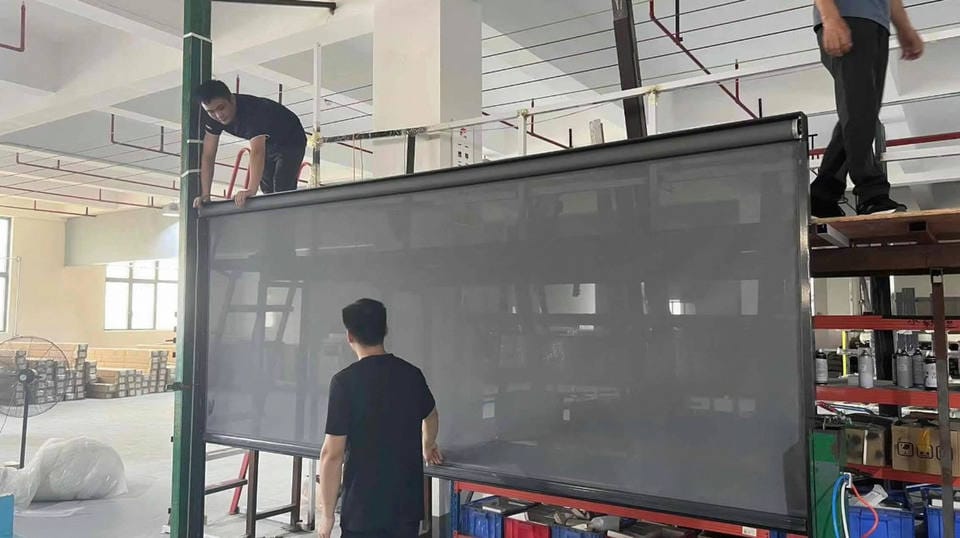Choosing the right door size is crucial for both functionality and aesthetics. When it comes to pivot doors, dimensions play a major role in ensuring smooth operation, compliance with regulations, and an impressive appearance. Below is a complete breakdown of standard pivot door dimensions in the USA, including residential and commercial sizes, code requirements, and design considerations.
Pivot doors in the U.S. are often custom-made, but certain standard dimensions are commonly followed for residential applications. These dimensions ensure both functionality and aesthetic appeal in modern architecture.
Pivot Door Dimensions
- Width: Standard pivot doors typically start at 36 inches (3 feet), similar to regular hinged doors. For a more luxurious or grand appearance, widths may go up to 42 inches (3.5 feet) or even wider in custom designs.
- Height: The common residential height is 80 inches (6 feet 8 inches). In contemporary homes, taller pivot doors are favored, with standard options reaching 96 inches (8 feet) or 120 inches (10 feet).
- Thickness: Pivot doors generally have a thickness between 1 ¾ inches and 2 ¼ inches. This range provides structural integrity and supports the weight distribution needed for pivot hinge systems without causing warping or instability.
Standard Pivot Door Dimensions in the USA
In the United States, pivot doors don’t have a single “fixed” size, but certain measurements are considered standard in the industry. The most common pivot door dimensions follow these guidelines:
| Measurement | Standard Range | Most Common Size |
|---|---|---|
| Width | 36″ – 48″ | 42″ |
| Height | 80″ – 120″ | 96″ (8 ft) |
| Thickness | 1.75″ – 2.25″ | 2″ |
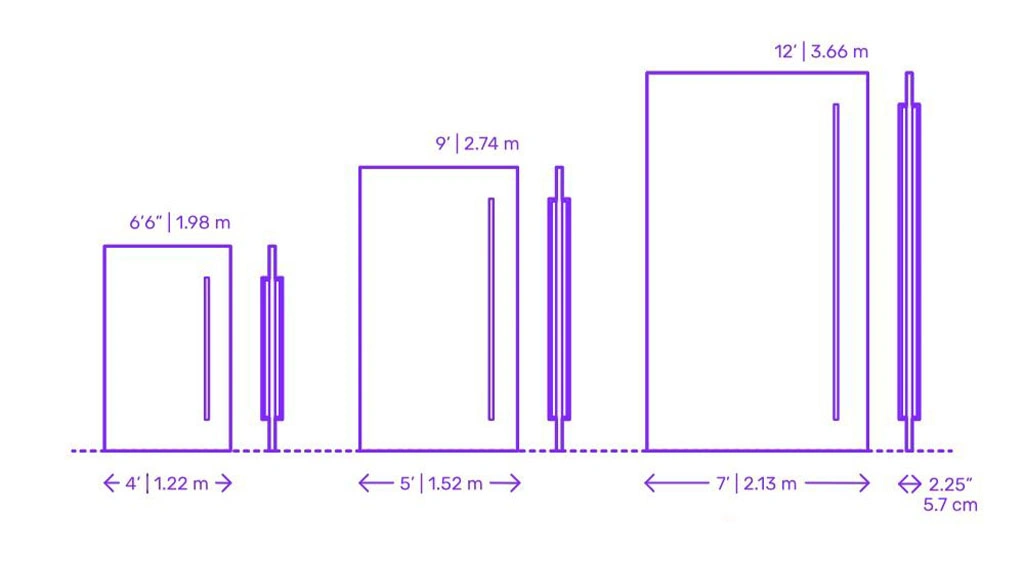
These dimensions provide enough stability for the pivot mechanism while allowing the door to remain practical and visually appealing.
Residential vs. Commercial Pivot Door Sizes
The choice of door size often depends on whether it’s used in a residential or commercial setting.
| Use Case | Standard Width | Standard Height | Notes |
|---|---|---|---|
| Residential | 36″ – 42″ | 80″ – 96″ | Most common in homes; often customised for entry doors. |
| Commercial | 42″ – 60″ | 96″ – 120″+ | Larger openings for high-traffic areas; often double pivot systems. |
Residential pivot doors are popular as main entry doors because they combine design elegance with functionality.
Commercial pivot doors are used in offices, showrooms, hotels, and retail spaces, offering wide and dramatic entrances.
Custom Pivot Doors
While standard dimensions exist, many manufacturers in the USA provide custom sizes to meet architectural or branding requirements. For example:
- Oversized residential doors: 48″ wide × 108″ tall.
- Showroom doors: up to 60″ wide × 120″ tall.
- Minimalist designs: slim profiles with glass and steel frames.
Customisation allows architects and designers to match door size with the scale of the property, ensuring both design harmony and structural performance.
ADA & Building Code Compliance
In the USA, door dimensions must also comply with ADA (Americans with Disabilities Act) and local building codes:
- Minimum clear width: 32″ (after accounting for frame and pivot hardware).
- Maximum door opening force: 5 pounds for interior doors.
- Clear height requirement: 80″ minimum.
These regulations ensure accessibility and safety for all users. When choosing pivot doors, confirming compliance with these standards is essential, especially in commercial and public buildings.
Installation Considerations
Choosing the right size isn’t just about looks—it also affects installation. Factors to keep in mind:
- Clearance space: Pivot doors swing differently, requiring floor and ceiling clearance.
- Pivot placement: Moving the pivot closer to the center or edge changes how much space the door occupies when open.
- Weight handling: Larger doors require heavy-duty pivot hardware rated for the door’s dimensions and weight.
Proper planning ensures smooth operation and long-term durability.
Material Influence on Door Size
The choice of material impacts the feasible dimensions:
| Material | Recommended Max Width | Recommended Max Height | Notes |
|---|---|---|---|
| Solid Wood | 48″ | 108″ | Heavy; requires reinforced pivots. |
| Glass + Metal Frame | 60″ | 120″+ | Popular for modern commercial projects. |
| Steel | 54″ | 120″ | Strong but heavier; best with advanced pivot hardware. |
Using lighter core materials or engineered wood can help achieve larger sizes without overloading the pivot system.
Why Size Matters for Design & Functionality
- Curb Appeal: Larger pivot doors create a grand entryway.
- Accessibility: Meeting ADA standards ensures inclusivity.
- Durability: Correct thickness prevents warping over time.
- Space Planning: Correct pivot placement reduces wasted interior space.
The right dimensions balance design goals with practical performance, making pivot doors both stylish and functional.
Conclusion
Standard pivot door dimensions in the USA typically range from 36″ to 48″ wide and 80″ to 120″ tall, with 2″ thickness being common. Residential projects often stick to moderate sizes, while commercial properties go bigger for dramatic entrances. Beyond the standard, custom pivot doors give flexibility, but must always comply with ADA and building codes for safety and accessibility.


